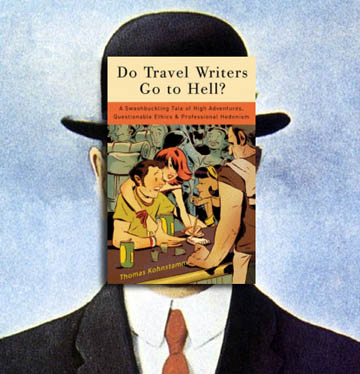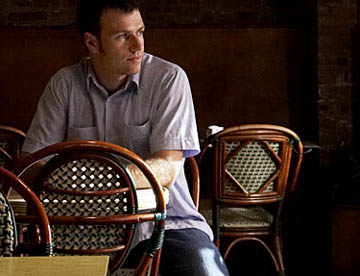AFTER AN EXPLOSION of confusion and outrage more typical of Zimbabwean politics than the normal, good-humored tone of this little travel magazine, the Thomas Kohnstamm affair is finally fading into the rearview mirror.
We should have seen the firestorm coming.
After all, the BNT editorial team wasn’t exactly shy about throwing gasoline on the flames (the photo of Thomas in hell didn’t seem so clever when we learned that he allegedly received death threats).

